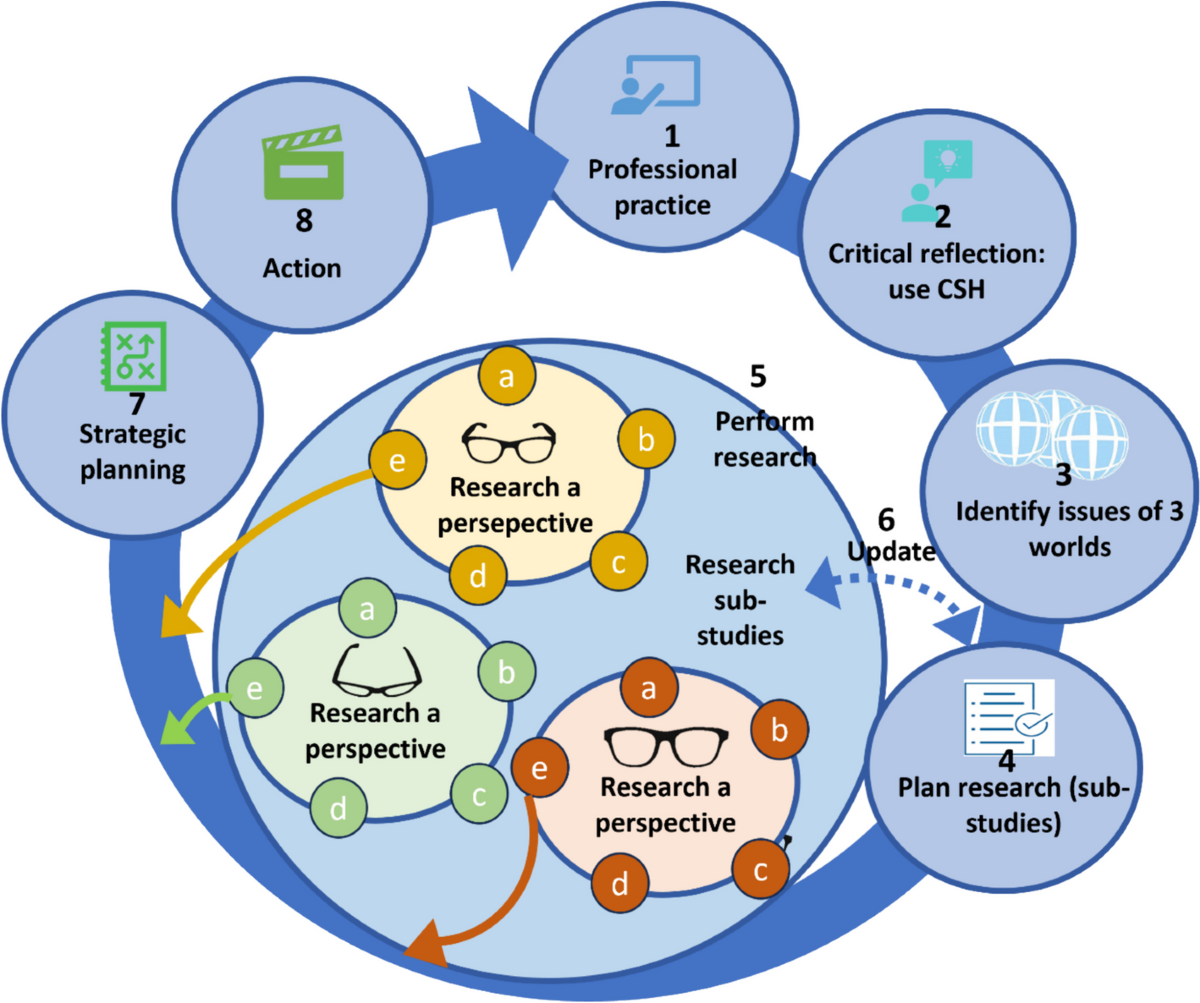Basic Statistical Techniques in Sociological Research
### Objectives of the Course: Basic Statistical Techniques in Sociological Research
This course is designed to equip students with the essential skills for analyzing sociological data through basic statistical techniques. The course emphasizes understanding and applying various types of data measurement scales—nominal, ordinal, interval, and ratio—while developing proficiency in organizing and analyzing data. Below, we explore the specific objectives outlined in the course description.
---
### a) **Enable Students to Categorize and Organize Data**
#### Objective Breakdown:
One of the foundational aspects of sociological research is the ability to efficiently categorize and organize data. This objective aims to help students:
- Understand the nature of data collected in sociological research, which can come from surveys, interviews, experiments, or observational studies.
- Learn methods for sorting and classifying data to make analysis more streamlined and meaningful.
- Understand the role of variables and how to distinguish between different types of variables (e.g., independent, dependent, control).
#### Skills Developed:
- **Categorizing Data:** Learn how to distinguish and group variables into distinct categories based on their characteristics.
- For example, in a survey of household income, data can be categorized by income brackets.
- **Data Organization:** Learn methods like coding, tabulation, and structuring datasets for effective analysis.
- **Coding** allows for organizing qualitative responses into a format suitable for statistical analysis.
- **Tabulation** enables students to summarize data in tables, making it easier to draw comparisons.
By achieving this objective, students will gain the ability to structure raw data in ways that are conducive to deeper statistical analysis, facilitating the application of different techniques based on the nature of the data.
---
### b) **Enable Students to Identify Nominal, Ordinal, Interval, and Ratio Scale Data**
#### Objective Breakdown:
Understanding the different types of data measurement scales is critical to choosing appropriate statistical methods. This objective ensures that students can:
- Recognize and differentiate between the four major scales of measurement: nominal, ordinal, interval, and ratio.
- Learn which statistical techniques are best suited for each scale of data.
#### Breakdown of Data Scales:
1. **Nominal Data**:
- **Definition**: Data classified into distinct categories with no inherent order or ranking.
- **Examples**: Gender (male, female), political affiliation (Democrat, Republican), ethnicity.
- **Statistical Methods**: Frequencies, mode, chi-square test, contingency tables.
2. **Ordinal Data**:
- **Definition**: Data that is placed into categories with a meaningful order, but the differences between the categories are not measurable.
- **Examples**: Socioeconomic status (low, middle, high), education level (primary, secondary, higher), Likert scale responses (agree, neutral, disagree).
- **Statistical Methods**: Median, percentile ranks, Spearman’s rank correlation.
3. **Interval Data**:
- **Definition**: Data with meaningful intervals between values, but no true zero point (zero does not indicate absence).
- **Examples**: Temperature in Celsius, IQ scores, calendar years.
- **Statistical Methods**: Mean, standard deviation, t-tests, correlation, ANOVA.
4. **Ratio Data**:
- **Definition**: Data with all the properties of interval data, but with a true zero point, allowing for comparisons of absolute magnitude.
- **Examples**: Income, age, height, weight, time.
- **Statistical Methods**: Geometric mean, ratio analysis, regression, ANOVA.
#### Skills Developed:
- Learn how to categorize data based on its measurement scale.
- Understand which scale is appropriate for specific kinds of sociological questions.
- Practice determining the level of measurement in different datasets.
By mastering this objective, students will be able to distinguish between various data types, ensuring the correct application of statistical techniques to enhance the accuracy of their analysis.
---
### c) **Develop Skills of Analyzing Nominal, Ordinal, Interval, and Ratio Scale Data**
#### Objective Breakdown:
Building on the ability to identify different data scales, this objective emphasizes the development of analytical skills specific to each type of data. Students will learn the following:
- **Statistical techniques** for analyzing nominal, ordinal, interval, and ratio data.
- **Interpretation of results**, allowing students to draw meaningful sociological conclusions from their data.
#### Analysis by Scale Type:
1. **Nominal Data Analysis**:
- Since nominal data consists of categorical variables without order, students will focus on frequency counts and cross-tabulations to understand distributions.
- **Key Tools**: Bar charts, pie charts, mode, chi-square tests.
2. **Ordinal Data Analysis**:
- Ordinal data allows for ranking, so students will learn to apply non-parametric statistical methods (which do not assume normal distribution).
- **Key Tools**: Median, interquartile range (IQR), rank correlation, Mann-Whitney U test, Wilcoxon signed-rank test.
3. **Interval Data Analysis**:
- Interval data analysis includes parametric methods, as this data allows for measuring distances between points.
- **Key Tools**: Mean, standard deviation, correlation, t-tests (for comparing two groups), ANOVA (for comparing three or more groups).
4. **Ratio Data Analysis**:
- Ratio data, which includes a true zero, allows for the most complex forms of analysis, including ratio comparisons and proportional measures.
- **Key Tools**: Mean, geometric mean, regression analysis (for predicting dependent variables), ANOVA, and advanced statistical modeling.
#### Skills Developed:
- Ability to apply both **descriptive statistics** (summarizing data) and **inferential statistics** (making predictions and inferences from sample data).
- Understand the assumptions behind different statistical tests, particularly parametric vs. non-parametric methods.
- Develop the capacity to analyze data sets in research scenarios using statistical software like SPSS, R, or Excel.
By achieving this objective, students will gain the necessary skills to perform rigorous data analysis across a variety of contexts, preparing them to tackle complex sociological research questions using data-driven approaches.
---
### Conclusion
By the end of this course, students will be well-equipped with the skills needed to categorize, organize, and analyze sociological data using appropriate statistical techniques. They will have a clear understanding of the distinctions between nominal, ordinal, interval, and ratio data, and they will be able to choose and apply the right methods for analyzing each type of data. These skills are crucial for conducting sociological research and interpreting real-world data effectively, laying the groundwork for higher-level analysis in future studies or professional work.



.jpg)




